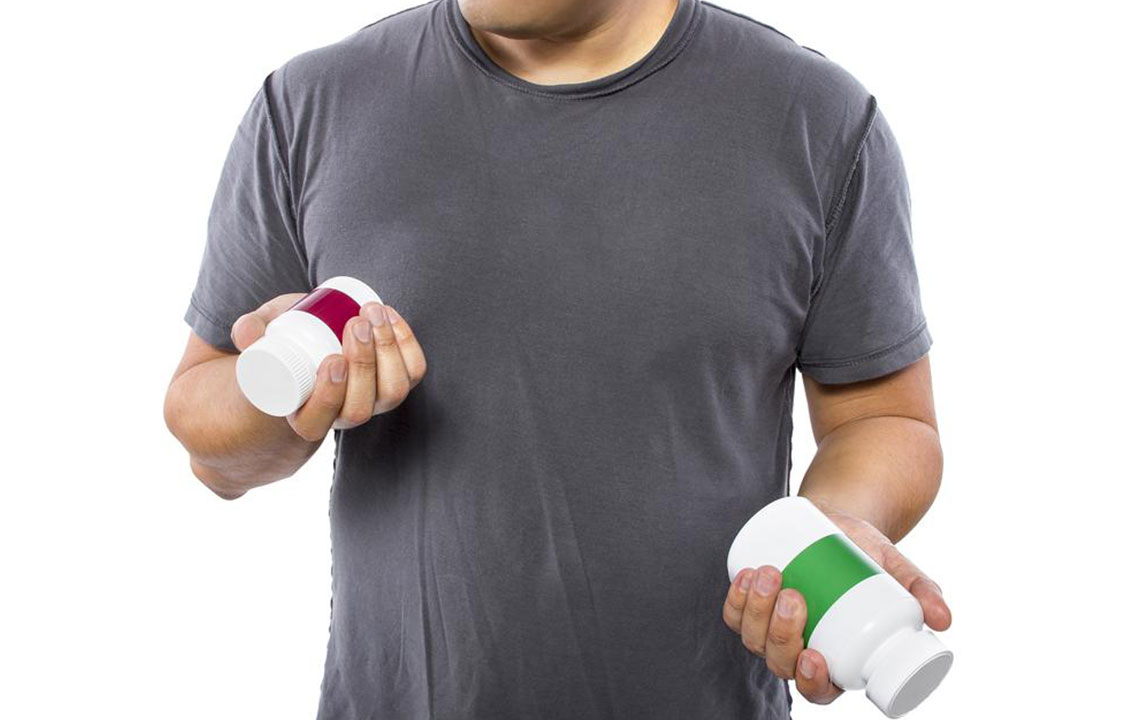Comprehensive Guide to Types of Urinary Incontinence and Diagnostic Approaches
Urinary incontinence is a common condition affecting millions worldwide, ranging from minor leaks to complete loss of bladder control. This extensive guide explores various types of incontinence—including stress, urge, overflow, mixed, functional, and gross forms—and detailed diagnostic methods such as medical history, laboratory tests, pelvic exams, ultrasound imaging, and endoscopic procedures. Recognizing symptoms early and understanding risk factors like obesity, aging, and prostate issues enable effective intervention. Accurate diagnosis guides personalized treatment, improving patient outcomes and quality of life. Learn everything about urinary incontinence and its management in this comprehensive overview.

Comprehensive Overview of Urinary Incontinence Types and Diagnosis Methods
Urinary incontinence is a widespread health issue characterized by the involuntary leakage of urine or stool, impacting approximately 25% to 33% of individuals worldwide. It can vary from occasional minor leaks during activities like coughing or sneezing to persistent loss of bladder control that significantly affects daily life. Understanding the various types of urinary incontinence and their diagnostic processes is crucial for effective management and treatment. This comprehensive guide aims to provide detailed insights into the different forms of incontinence, risk factors, and medical evaluation methods.
Overview of Main Types of Urinary Incontinence
Stress Incontinence: This type primarily affects women, especially those who are pregnant or menopausal, and is often linked to weakened pelvic floor muscles. It is not typically associated with emotional stress but occurs due to physical pressure on the bladder. Activities such as coughing, sneezing, laughing, or lifting heavy objects can trigger urine leakage. The underlying cause involves the failure of the urethral sphincter or pelvic support muscles to maintain proper closure under pressure.
Urgency Incontinence: Also known as overactive bladder, this is the second most prevalent form of incontinence. It is characterized by a sudden, intense urge to urinate followed by involuntary leakage. The bladder muscles contract unpredictably, leaving little time for the individual to reach the bathroom. This condition can result in frequent urination throughout the day and night, significantly impacting quality of life.
Other significant types include:
Overflow Incontinence: Common among men with enlarged prostate glands, this form occurs when the bladder does not empty completely, leading to continuous dribbling or overflow of urine. Obstructions in the urethra or ureters, such as kidney stones or tumors, can also contribute to overflow incontinence. It often results in a distended bladder and persistent urinary leakage.
Mixed Incontinence: This involves symptoms of both stress and urge incontinence, making diagnosis and treatment more complex. Patients may experience involuntary leaks during physical activity and sudden urges to urinate.
Functional Incontinence: Predominantly affecting elderly individuals, this form stems from physical or cognitive disabilities that hinder timely bathroom use. Conditions such as mobility impairments, neurological disorders, or visual impairments may prevent an individual from reaching the toilet promptly.
Gross Incontinence: The most severe form results in continuous or frequent urine leakage, often due to congenital abnormalities, spinal cord injuries, or fistulas that create abnormal connections between the bladder and other organs like the vagina or rectum.
Several risk factors increase the likelihood of developing urinary incontinence, including obesity, smoking, gender differences, diabetes, existing kidney issues, physical injuries, certain medications, aging, and prostate health problems in men.
Diagnostic Procedures for Urinary Incontinence
Medical History Assessment: A detailed history is essential, involving the documentation of fluid intake, urination patterns, leakage episodes, and triggering activities. Maintaining a bladder diary helps physicians identify patterns and potential causes.
Laboratory Tests: Blood and urine analyses are conducted to detect infections, assess kidney function, and evaluate prostate health in men. These tests can reveal underlying conditions that contribute to incontinence.
Pelvic Examinations: Internal examinations via the vagina for women or rectum for men help assess pelvic muscle strength, examine the condition of the bladder sphincter, and evaluate prostate size. These examinations provide valuable insights into structural or functional anomalies.
Imaging Techniques: Ultrasound imaging of the urinary system is commonly utilized to visualize the bladder, kidneys, and ureters, detecting structural abnormalities, obstructions, or other pathological changes.
Endoscopic Procedures: In certain cases, cystoscopy or ureteroscopy may be performed for a direct visual assessment of the urinary tract, especially if surgical intervention is considered or complex conditions are suspected.
These diagnostic approaches enable medical professionals to accurately identify the type and cause of incontinence, facilitating tailored treatment plans for each patient. Early diagnosis and appropriate management can significantly improve quality of life and reduce complications associated with urinary leaking.




